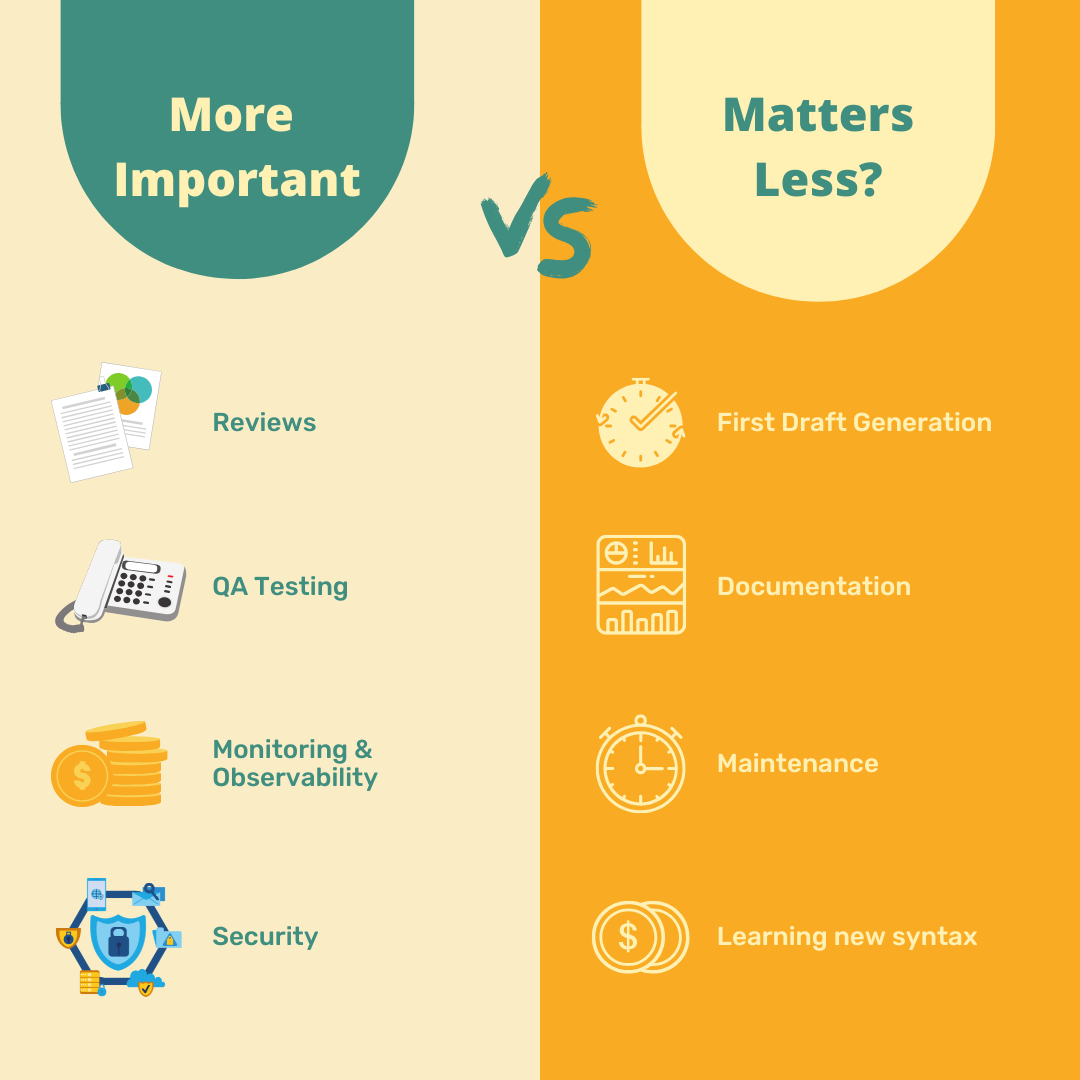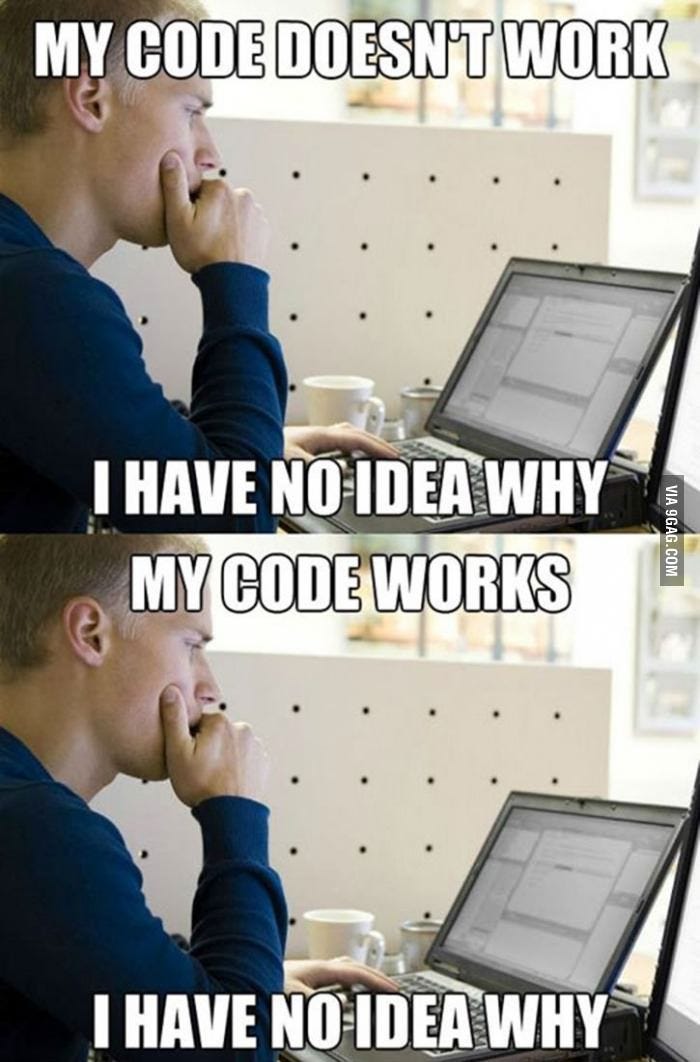Vibecoding the Future: How AI Is Rewriting the Software Stack
A new wave of creation where anyone can build, and everyone can vibe
Please subscribe and share the love with your friends and colleagues who want to stay up to date on the latest in artificial intelligence and generative apps!🙏🤖
There’s a $750B+ opportunity emerging in the world of software creation. What once required a team of college-trained engineers weeks to design, build, test, and deploy can now be accomplished in days - often by non-technical creators (like us). While low-code and no-code platforms were once dismissed as limited or lightweight, the tide is turning. We’re entering the era of ~vibecoding~ and this shift is too real to ignore.
In this post, we’re exploring two big questions:
How does software development and traditional engineering workflows change in a vibecoding era - where natural language, vibes, and high-level intent drive creation?
Which parts of the software stack become more, less, and newly relevant as this future unfolds?
Let’s dig in.
🧑💻 Software Development in the Vibecoding Era
Today, software engineering workflows looks something like this:
In the future, not every engineer will own a layer of this stack. Increasingly, AI agents will handle many of the tasks that once required manual engineering. From scaffolding code to configuring systems, freeing humans to focus on why something is built, not just how. Software development becomes less of a construction project and more of a conversation. Here are the key shifts we’re tracking:
From requirements to “vibes” and from specs to co-creation → Builders (technical and non-technical) can describe high-level intent of an AI app - what something should feel like, who it's for, the experience it should create. In response, different agents generate functional prototypes, iterating in real-time through natural language prompts, visual cues, and collaborative feedback.
From engineer-only workflows to inclusive creation → The stack itself is abstracted. CRUD scaffolding, boilerplate, and frontend complexity dissolve. In their place emerge orchestration layers, memory and context managers, and tools for Q&A testing, checking and alignment. This invites broader participation from non-technical people - designers, marketers, business teams - who can now shape software through intuition and taste, not just syntax.
From builders to directors of intent → Engineers/builders evolve into ‘directors’, orchestrating agentic workflows and refining what outcomes mean. The technical work doesn’t disappear, but it’s transformed and much of it is redistributed to agents. Coding becomes more creative and UI/UX and tone become important.
Software becomes alive → AI agents building software will adapt, evolve, and remember, acting with initiative while still understanding context of the broader vision. These AI agents will collaborate very similar to a teammate. We're entering an era where anyone can create apps that reflect how they think, feel, and work. Software engineering is no longer for the few, but for the many.
🔍 What Matters More in the Era of Vibecoding
As AI takes over much of the grunt work, the human elements of engineering become even more critical. Here are the parts of the developer lifecycle that we believe will become more important in the era of vibecoding:
Code Reviews → Vibecoding will create more raw code, but that code will still need to be evaluated and reviewed to make sure its right for the job. Code reviews will become more strategic, focusing less on syntax and more on design intent, security risks, and long-term implications. [e.g. CodeRabbit, Graphite]
QA Testing → With code generated rapidly and sometimes opaquely, comprehensive testing becomes the safety net. Test coverage and test quality now determine if a vibecoded feature is shippable. [e.g. QA Wolf, Ranger, Antithesis, Spur]
Monitoring and Observability → With more code being deployed faster—sometimes by less experienced devs—the surface area for failures expands. AI-assisted SREs and observability tools will be crucial in proactively identifying issues, managing incident response, and auto-tuning infrastructure to decrease outages and increase uptime. [e.g. Resolve, Observe, Grafana]
Security → More code also expands the surface area for vulnerabilities and increases exposure to potential attacks. Integrating automated static analysis and LLM-assisted threat modeling becomes incredibly important in an era of vibecoding. [e.g. Endor Labs, Stacklok, CyCode, Semgrep]
🧹 What Matters Less (But Is Not Obsolete)
As tools get better at handling routine tasks, some traditional developer responsibilities will become less necessary and potentially even commoditized over time:
Code Generation no longer the bottleneck → Writing the first draft of code is now the easier part. Vibecoders can generate whole modules or API calls in seconds - what matters is whether they should.
Documentation will “write itself” → AI tools can generate docstrings, READMEs, and even high-level summaries from codebases. While oversight is still necessary, the burden of writing docs is easing significantly.
Maintenance will be automated → Need to refactor or update API usage across files? This can now be handled more by AI. Engineers are freed from menial maintenance tasks to focus on novel problems.
Learning new syntax becomes less critical → With autocomplete and AI filling in blanks, deep memorization of libraries or obscure syntax becomes optional. Conceptual understanding and debugging take precedence.
In Conclusion…
The vibecoding era isn’t a fleeting trend but a foundational shift in how software gets imagined, built, and maintained. We’re moving from a world where code was handcrafted line-by-line, to one where ideas, intentions, and “vibes” guide autonomous systems to generate, test, and adapt software in real-time.
This shift redefines what it means to be a developer. The power no longer lies solely in knowing what to write, but in knowing what to ask, how to guide, and when to intervene. It’s less about managing syntax and more about shaping experience. The most valuable engineers won’t be the fastest coders but they’ll be the clearest communicators. As the stack reshapes itself around orchestration, context, and co-creation, we’re opening the door to a broader, more inclusive group of creators. Designers, business users, marketers, founders - anyone with a vision - can help build software that feels right, not just works right.
Exciting, and vibey, times ahead!






